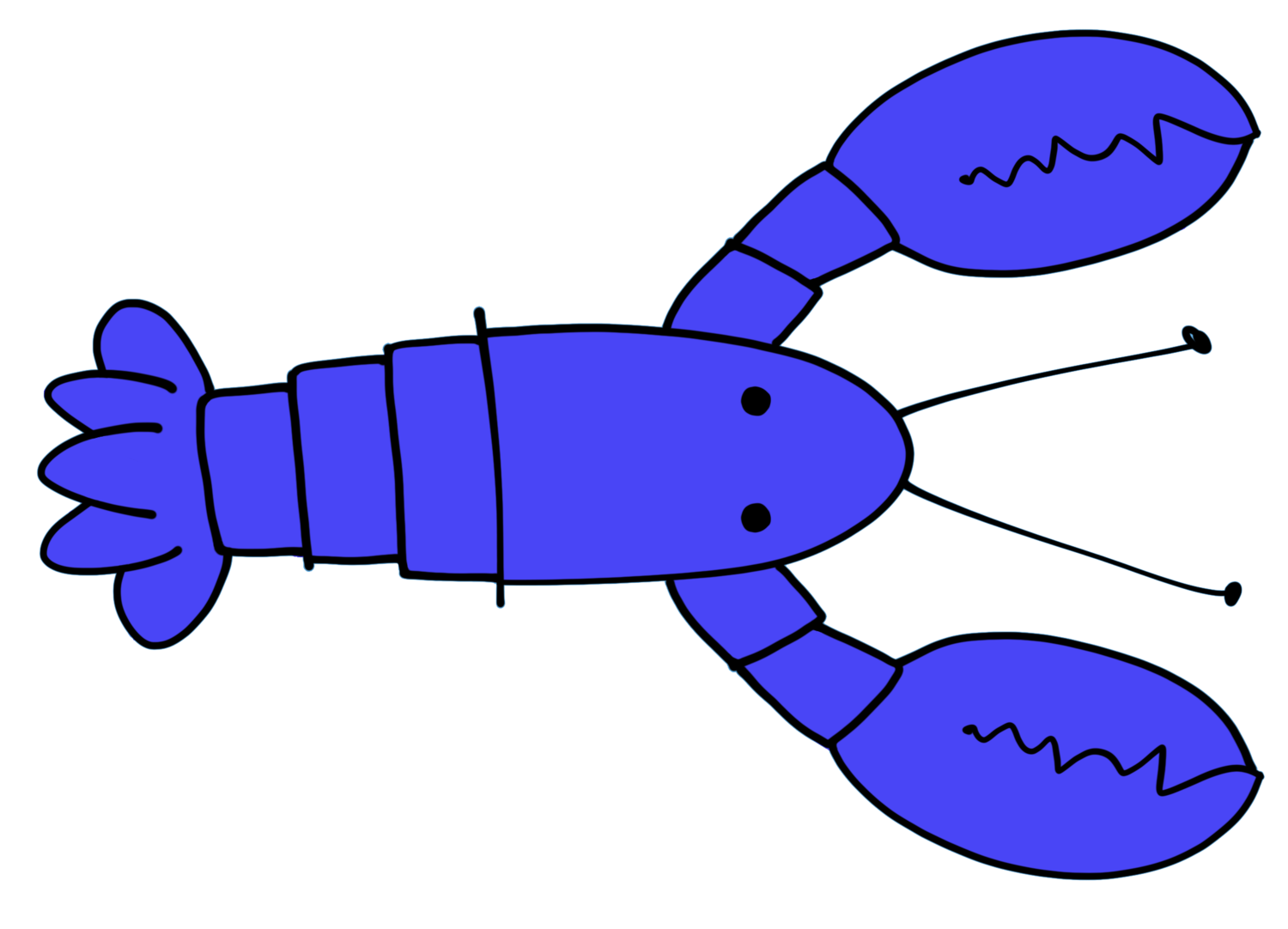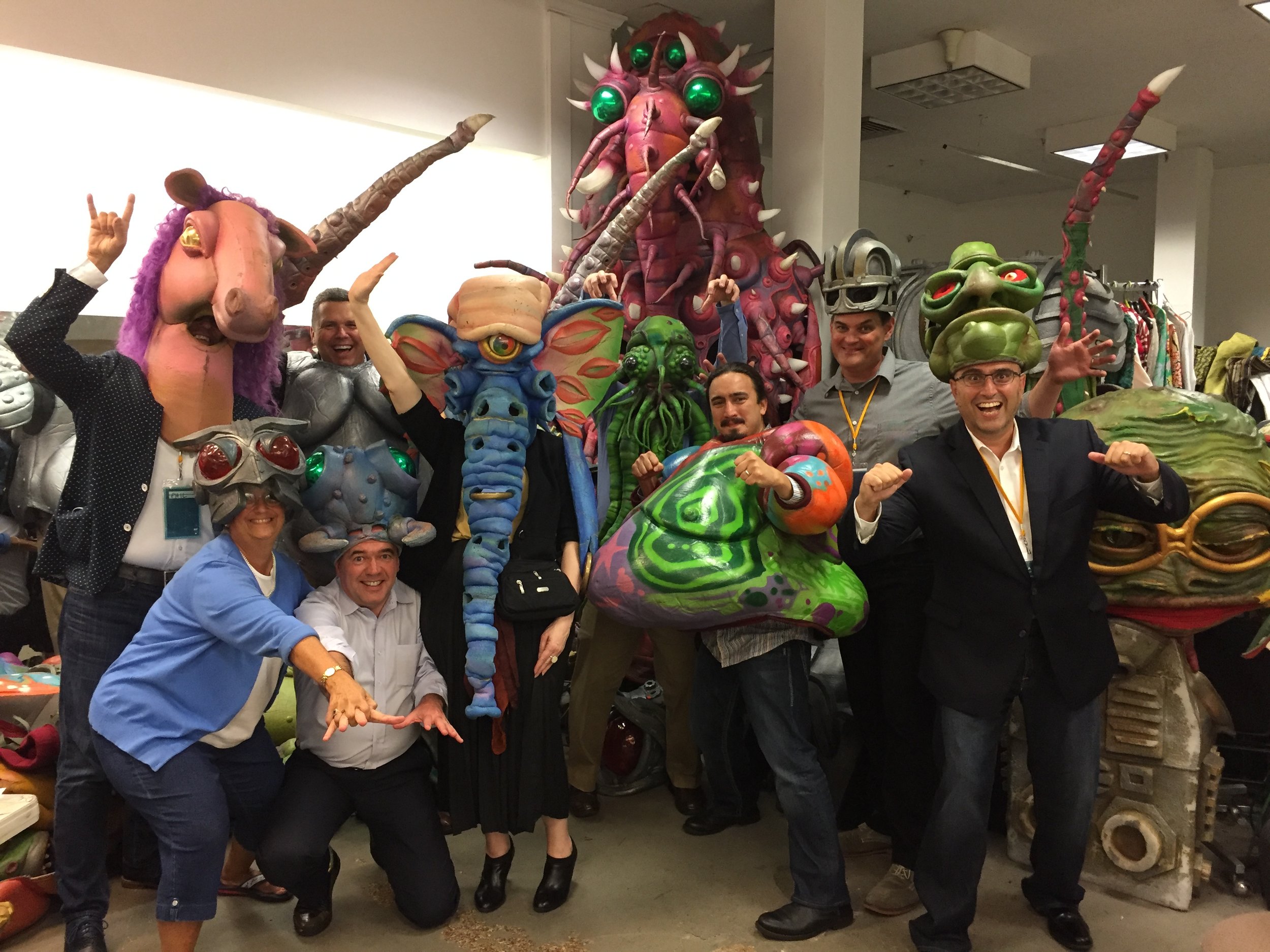It’s Not Just Semantics: Managing Outcomes Vs. Outputs
/Immersive Van Gogh Exhibit at the Arsenal Contemporary Museum, Montreal
This post was originally published in Harvard Business Review (ages ago, but still relevant). It has been getting a lot of re-reading lately so I thought I’d repost it here. The difference between outcomes & outputs is still critical! ~~~~~~~~~~~
What’s the difference between outputs and outcomes? Some think the question is merely semantics, or that the difference is simple: outputs are extrinsic and outcomes intrinsic. I think otherwise; the difference between outputs and outcomes is more fundamental and profound.
In the non-profit world, outputs are programs, training, and workshops; outcomes are knowledge transferred and behaviors changed. In the for-profit world, the distinctions are not always so clear. Let’s define outputs as the stuff we produce, be it physical or virtual, for a specific type of customer—say, car seats for babies. And let’s define outcomes as the difference our stuff makes—keeping your child safe in the car. Borrowing an example from the Innovation Network, a highway construction company’s outputs are project design and the number of highway miles built and repaired. Outcomes are the difference made by the outputs: better traffic flow, shorter travel times, and fewer accidents.
Outcomes are the benefit your customers receive from your stuff. This starts with truly understanding your customers’ needs—their challenges, issues, constraints, priorities—by walking in their shoes and in their neighborhoods, businesses, and cultures. See what’s inconvenient, taking a lot of time, money, and/or effort. Your customers are too busy to plan, shop for, and cook healthy meals. What if you made a healthy, reasonably priced, fast-cooking meal so a family could eat better? Create a solution that your customers can sustain, and you enable life-changing outcomes, big and small.
Immersive Van Gogh Exhibit at the Arsenal Contemporary Museum, Montreal
Outputs are important products, services, profits, and revenues: the What. Outcomes create meanings, relationships, and differences: the Why. Outputs, such as revenue and profit, enable us to fund outcomes; but without outcomes, there is no need for outputs.
Steve Denning makes this distinction exceedingly clear in his emphasis on the outcome of delighting our customers instead of just making more stuff. Steve encourages us to tell stories about our customers, about who they are and what they want, so they can achieve.
Let’s take the story of Deb, who wants a new car and is very busy. She’d like to buy a car from a dealer who will make buying and, more importantly, servicing the car as easy as possible. She doesn’t have the time to wait at the dealer while the car is being serviced—or even time to get to the dealer for service. Since she travels, she’d like to go on a trip and have the car serviced while she’s gone. What if a dealer picked up and serviced her car, returning it all clean and detailed, without Deb having to alter one moment of her schedule?
Another story, for example: A food company has a new product, all the s’more ingredients in a box, and wants to make a big splash for the upcoming spring and summer seasons—but it’s up against some formidable competitors in the market whose brands are synonymous with s’mores. What if a packaging company could help them strategize not just how to package the product for higher acceptance into the mass retail markets, but also where to place it on store shelves to get the most exposure?
Yayoi Kusama, ICA BostoN
Through stories, we are able to empathize with our customers and recognize the outcomes they need. Business in the 21st century needs more focus on outcomes than outputs. We all can see where focusing on outputs got us: In education we’ve focused on test results (outputs) and ended up with some high-scoring kids who don’t know how to apply what they’ve learned to the world at large (outcome), like how the reasons leading to the American Revolution are similar to those that led to the Arab Spring. We have a plethora of apps for our smartphones and tablets (output), but how many do we consistently use—and how many actually improve our lives (outcome)?
We may not yet have all the right tools, methods, and processes to recognize and measure outcomes, but that’s no reason not to try. Let’s create them together while we change our world.











